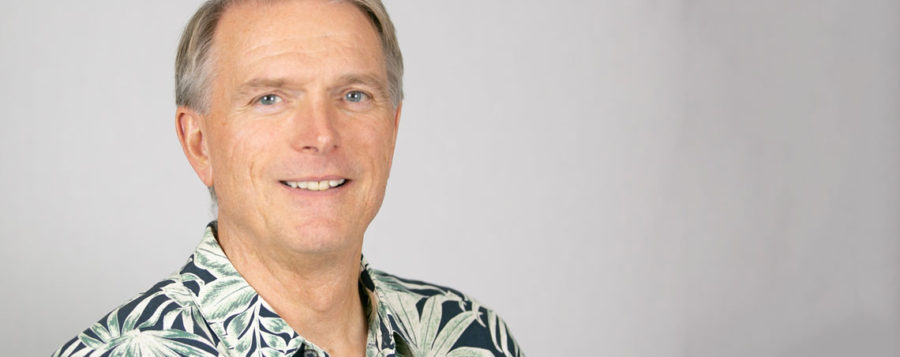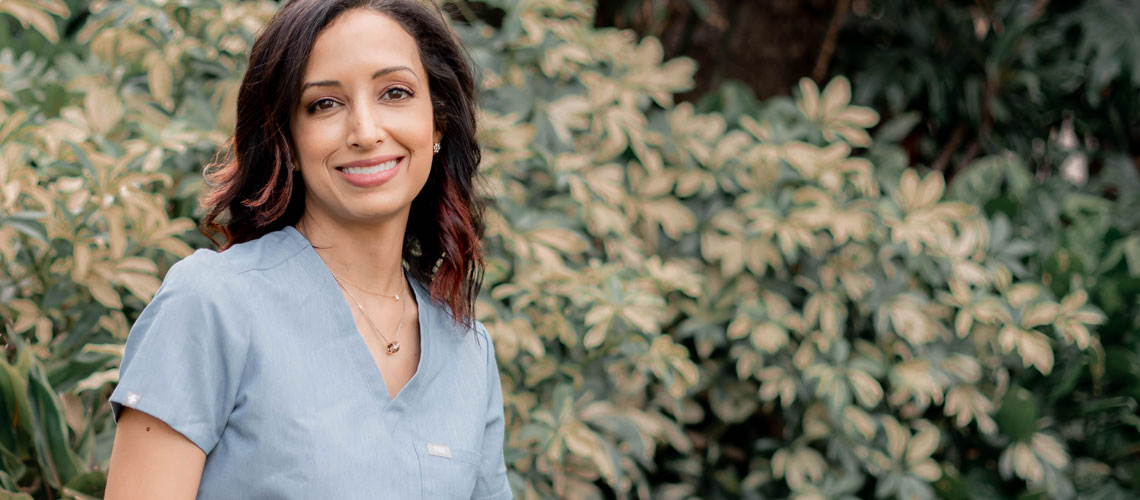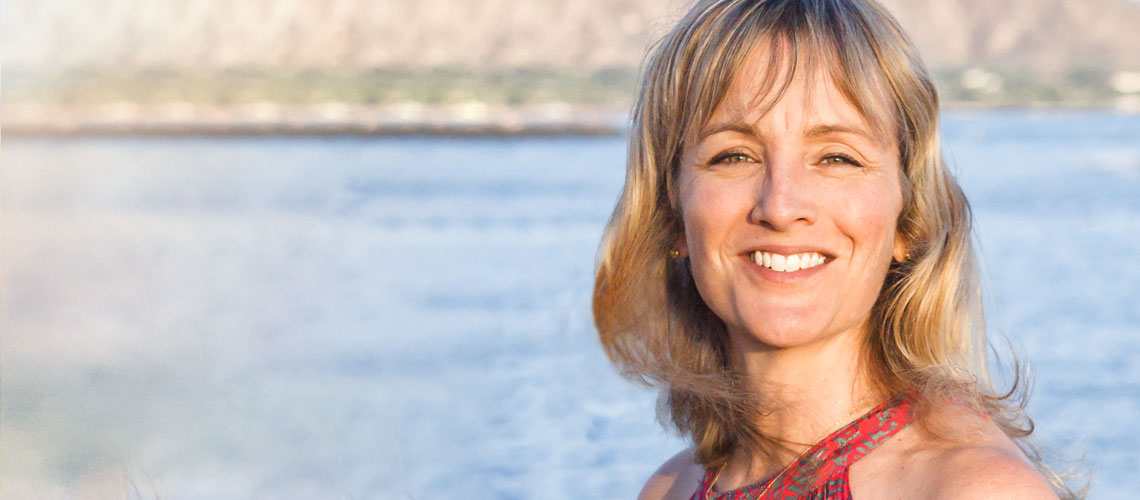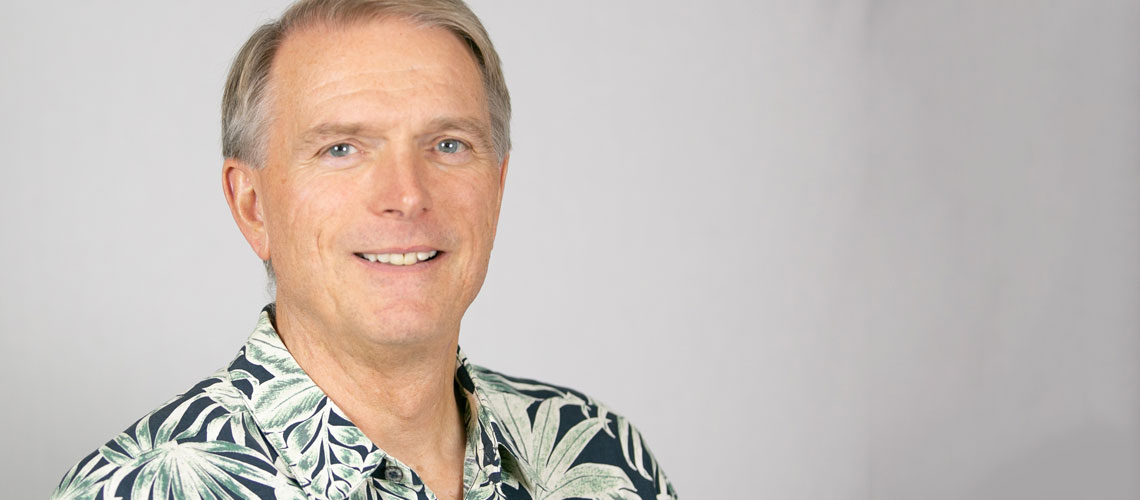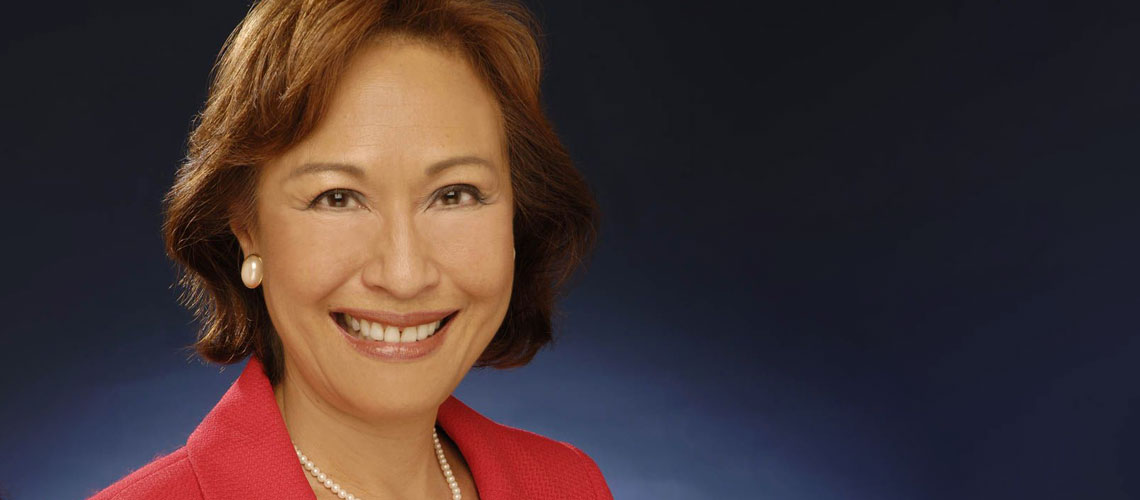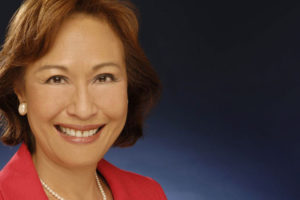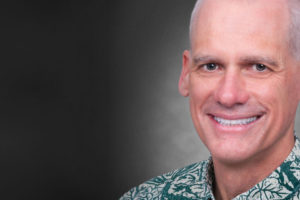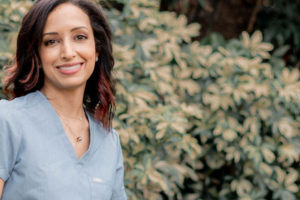You spent 35 years with a competing health system on the mainland. What made you join Kaiser Permanente Hawai‘i?
My previous organization worked very hard to develop an integrated healthcare system. We were successful in many ways, but the ongoing challenges of living in both the value-based model and fee-for-service world posed ongoing conflicts. We managed these conflicts, but it limited our ability to optimize our potential to serve and create consistent high quality and affordable health care. We saw that Kaiser Permanente, one of our competitors, didn’t have these conflicts. The KP model is designed to deliver integrated care and service focused on the member and patient. I also liked KP’s strong focus on community health and community service.
When I had the opportunity to consider joining Kaiser Permanente Hawai‘i, it seemed like a good fit. It turns out the timing was great because we are currently celebrating our 60th year in Hawai‘i. I’m proud to be part of an organization that has done so much for the community for so long and is committed the health and future of Hawai‘i.
Kaiser was ahead of its time in terms of its integrated model of care. Can you give an example of how Kaiser’s infrastructure inherently incentivizes value-based healthcare delivery?
Our integrated model of care incentivizes doing what is best for the patient. When people get sick, we have great doctors in just about every specialty to treat them, and we also know that if we can catch disease early, survival odds and quality of life are greatly improved. That’s why we focus on prevention and keeping members healthy.
Our medical group, HPMG, has systems and structures in place that improve the care and safety of our patients across the entire care continuum. This ability to focus on wellness, screenings and early intervention all the way up to high-end acute care is truly the strength of our integrated approach.
I could give many examples of how our physicians and clinical teams work to make this happen. One example is an innovative lung cancer screening program. We started screening high-risk patients for lung cancer several years ago. We had to talk some of them into getting screened because they had no symptoms. As of April 2019, we’ve completed initial screening on 898 patients out of 1,855 total referrals and found 22 cases of lung cancer and 1 mesothelioma.
What are some of your biggest goals or undertakings as president of the Hawai‘i region?
We are very excited to be expanding care options for residents of West O‘ahu. We’re just starting construction of a $60 million medical office in Kapolei. The 40,000-square-foot facility will really be state of the art. It will offer primary and specialty care, lab and diagnostic imaging, wellness classes and many more services. This is an amazing win for the community, and we expect to start seeing patients at the new facility in 2021.
We’re also looking beyond the walls of our facilities at public health and the health of our entire community. Because of our integrated model of care, we know the value of teamwork. We approach our philanthropy with the same unique model. Our community giving and community health work brings together government agencies, private businesses, nonprofit organizations and individuals, creating partnerships and opportunities to work hand in hand to create thriving communities. Our approach is holistic and systemic, addressing the root issues related to health care to ensure the changes we strive for today will benefit Hawai‘i residents tomorrow and for generations to come.
An important part of this is our partnership with our employer groups to engage their employees and take charge of their health. Healthy employees are good for business. Since employers see their employees almost every day, they have tremendous influence on their employees’ habits and healthy choices. Our team can help with classes, healthy workforce trainings and digital tools to encourage employees to lose weight, quit smoking or manage chronic conditions. A boss or business owner has a vested interest in keeping his or her team healthy, on the job and at work.
This is true for us as an employer as well. Our employees are incredible and do tremendous work every day in service to our members and patients. Their commitment to our mission and vision of caring for Hawai‘i’s people like family is what makes us a successful organization. We need to continue to support their important work and engage them as we continually improve our care and service. Our ability to recruit and retain great people is one of our top priorities.
What are some lessons that Kaiser Permanente Hawai‘i has learned or is implementing from other locations in Kaiser’s nationwide network?
We are very fortunate to be part of an industry-leading healthcare system. Kaiser Permanente now takes care of more than 12.3 million members—more than 250,000 here in Hawai‘i. We have an amazing breadth and depth of knowledge from our colleagues and medical centers across the country. Couple that with local decision-making based on what is right for the individual patient and you have the best of both worlds with the patient in the center.
Let’s face it, no one wants to be in the hospital longer than they have to. Kaiser Permanente providers on the mainland were having great success shortening the time patients had to stay in the hospital after joint replacement, so we imported those workflows and processes from our colleagues: things like adding mandatory pre-surgery education classes, same-day physical therapy care and home PT within 24 hours of discharge. Within an 18-month period, we increased the number of patients who were able to go home after only one night in the hospital to over 80 percent. Previously, it had been under 10 percent.
Our very successful teledermatology program was piloted in other Kaiser Permanente regions before we brought it to Hawai‘i. Patients now have the convenience of sending images of suspicious moles or spots via their smartphone to their doctor. In most cases, it is reviewed by a dermatologist within a few days, and follow up is scheduled when needed. Talk about helping people get the care they need when and where they want it!
You’ve been in this industry your entire career. What would you have done if a career in health services administration were off the table?
That’s a hard question. Every day for the past 36 years, I’ve looked forward to coming to work with the understanding that, through our physicians, employees and volunteers, we are going to affect the lives of so many in our community. The opportunity to serve and support the incredible people who do this everyday is amazing.
I have an undergraduate degree in forest products from Oregon State University and had considered working in the forest products industry. But my father was a healthcare leader and so I had grown up around health care. As I considered career paths after graduation, I found my passion was health care and I am so glad I made that choice.

